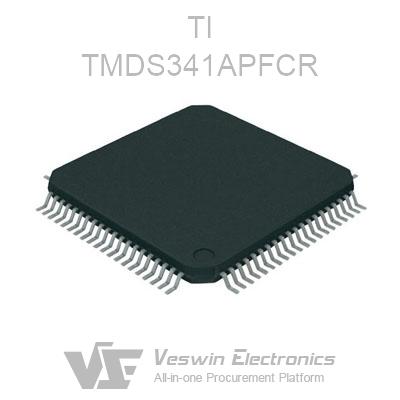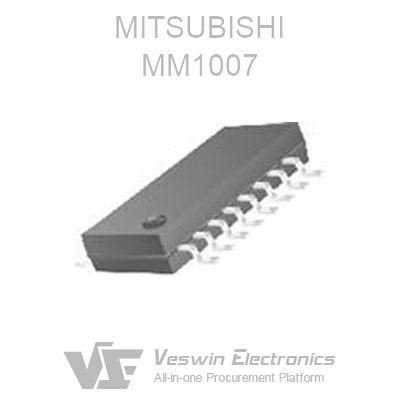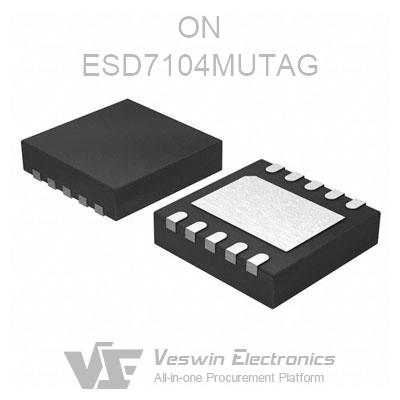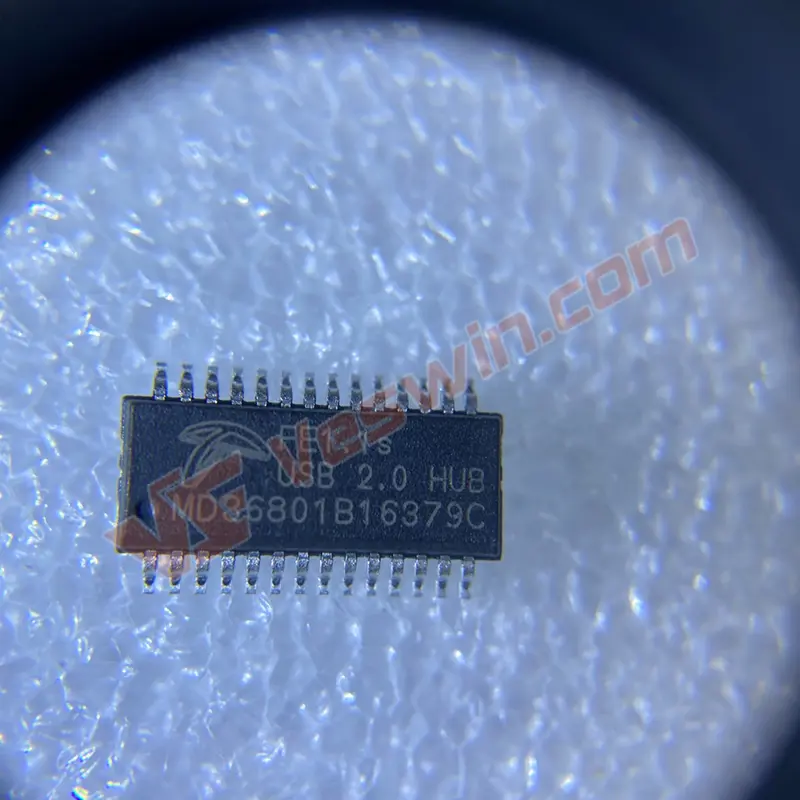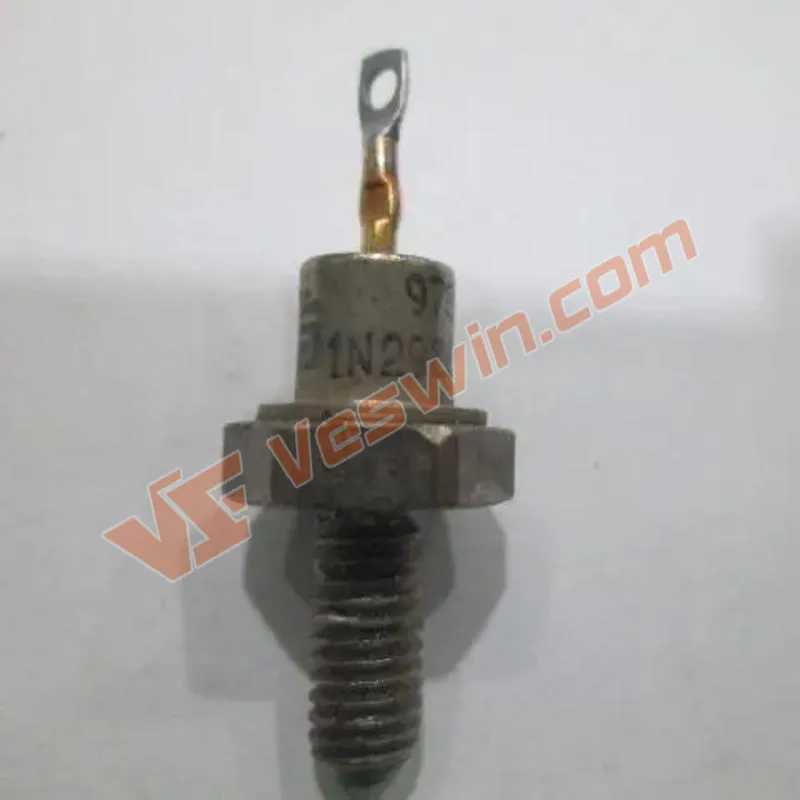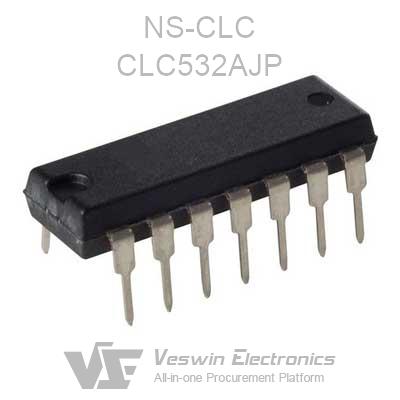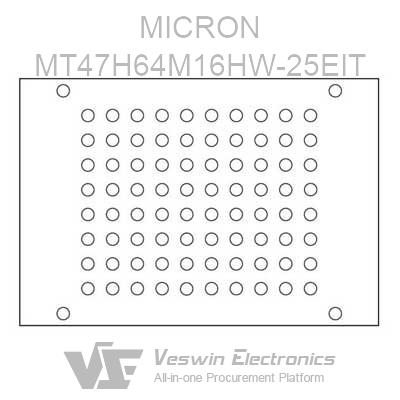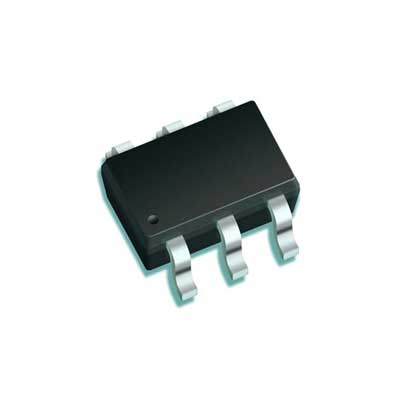1. Work on the secondary equipment should be completed in strict accordance with the "two votes" and "three systems" regulations. Understand the work location, scope of work and equipment operation, safety measures, test plan, last test record, drawings, setting notices. Software modification request form, check control equipment, measurement and control equipment, host or board model, version number and jumper settings are all complete and in line with the actual, check whether the test equipment, instruments and other test equipment are in good condition.
2. Before the on-site work begins, it should be checked whether the safety measures that have been made meet the requirements for ensuring the safety of life. Whether the safety isolation measures between the operation equipment and the maintenance equipment are safe and correct and completed, the name and number of the inspection equipment should be carefully checked during work. , to prevent misplaced equipment (interval) position.
3. When working on all or part of the live operation screen (cabinet), the maintenance equipment should be safely isolated from the operation equipment or separated by obvious signs.
4. When performing large-vibration operations such as drilling on or near the relay protection device, safety automatic device and automatic monitoring system screen (cabinet), measures should be taken to prevent the equipment from being affected by the impact caused by the impact during operation. With the consent of the maintenance leading group, apply to the safety production management department of Xinhe Company, and the safety production management department or the person in charge of the operation duty agrees and files the file, and the protection is temporarily suspended.
5. When transporting or placing test equipment between the relay protection, safety automatic device and automatic monitoring system screen (cabinet) production equipment, the safety passage cannot be blocked, and a certain safety distance should be maintained with the operation equipment to prevent the passage of the accident when the accident is handled. Smooth and accidental operation of the equipment, resulting in the related operation of electromechanical equipment relay protection human error. When cleaning the secondary equipment circuit in operation, to prevent vibration and accidental contact, use insulated tools.
1. In strict accordance with the relevant test and debugging procedures, the professional electrical test debugging qualification personnel should carry out the work. Beforehand, the relevant test and debugging safety measures must be formulated, and reported to the installation and maintenance leading group and the company leader or safety person in charge for approval.
2. Set clear safety warning lines and warning signs around the test site, and assign special personnel to guard at each dangerous point. When the two ends of the tested equipment are not in the same place, the other end should also be guarded. And make a record of the entry and exit personnel. .
3. Implement a guardianship system and take safety measures. On the electrical primary and secondary equipment installed and overhauled, “someone is working, no closing is allowed” or “maintenance is being repaired, no closing is prohibited”, and “equipment is running” should be hung in the part of the adjacent running electrical equipment. A sign such as an electric hazard; a grounding knife or a grounding (life-saving) line must be closed on the equipment to be repaired under maintenance and power failure. ·
4. When the pressure test is conducted, the operator should wear insulated shoes and wear insulated gloves. The pressure-resistant operation point should be covered with insulating mats.
1. All work performed at a height of 2m and above on the base of the fall height should be regarded as high work.
2. High-altitude operations should be carried out by first setting up safety scaffolding, using high-altitude safety work vehicles, lifting platforms or taking other safety measures to prevent falling.
3. Work on the roof and other dangerous edges. Safety nets or protective railings should be installed on the side of the air. Otherwise, the operator should use seat belts.
4. When there is no scaffolding or work on scaffolding without railings, when the height exceeds 1.5m, the seat belt should be used and should be hung low or other reliable safety measures should be taken.
5. Seat belts and ropes designed for fixed seat belts are visually inspected prior to use. Seat belts shall be inspected and inspected regularly according to Appendix L of the State Grid Safety Supervision {2009}664 Power Safety Operation Regulations, Electrical Section of Substation and Power Plant. If it is unqualified, it is strictly forbidden to use.
6. Safety belts or safety ropes used in electric welding operations or other places with sparks, melting sources, etc. shall have heat-insulating fire-proof and anti-wear sleeves.
7. The hooks or ropes of the seat belts should be hung on the sturdy and firm members, or on the steel ropes used for hanging the seat belts, and should be used in high hanging and low use. It is forbidden to hang on moving or unstable objects [such as isolation switch (knife gate) support insulator, voltage transformer insulator and current transformer insulator, bus bar insulator, arrester post insulator, etc.].
8. The high-level workers should check whether the seat belt is secure at any time during the operation. The high-level workers must not lose the safety protection of the seat belt during the transfer of the working position.
9. Scaffolding used by high-level workers should be used after passing the test. The upper and lower scaffolding should take a ramp or ladder, and the operator is not allowed to climb along the scaffolding pole or railing.
10. Tools used in high-altitude operations must be packed in a tool bag. If necessary, the tool should be fastened to the operator's arm. Strictly guard against the whereabouts of the tool. Larger tools should be applied to the sturdy components. The workpiece and corners should be placed back in the safe place in time or placed in a secure place or fastened with wire and protected against falling. It is not allowed to be randomly placed to prevent accidents from falling from high altitude.
11. When performing high-altitude operations, except for the ground-based operators, no one is allowed to pass or stay under the working place. There should be fences or other protective devices under the working place to prevent falling objects from injuring people. If working on a grid-type platform, in order to prevent tools and equipment from falling, effective isolation measures such as laying wooden boards should be taken.
12. It is forbidden to throw tools and materials up and down. It should be transported with ropes to avoid injuring the following workers or destroying fragile equipment.
13. Holes, channels, etc. around the high working area should be provided with a cover, safety net or fence and measures to fix their position. At the same time, safety signs and warnings should be set, and a red light should be set at night.
14. In the low temperature or high temperature environment, the measures should be taken to keep warm and heatstroke and cool down. The working time should not be too long.
15. In the severe winds of level 6 and above, as well as severe weather such as heavy rain, lightning, fog, high temperature, etc., stop working in the open air. Under special circumstances, when it is necessary to carry out repairs in bad weather, relevant personnel should be organized to fully discuss and make necessary safety measures, which can be carried out after approval by the installation and maintenance leading group or approval by the superior leadership. The safety measures discussed and revised shall comply with safety regulations and specifications.
(1) The ladder used should be firm and complete with anti-slip measures. The pillars of the ladder should be able to withstand the workers and the tools, materials and total weight of the climb.
(2) The crosspiece of the hard ladder should be embedded on the pillar, the distance of the step should not be greater than 40cm, and the obvious height limit mark should be set at 1m from the top of the ladder. When working with a single ladder, the slope angle of the single ladder to the ground is maintained at approximately 60°. Ladders should not be used in conjunction; the ladder should have measures to limit opening. When a person is on a ladder, it is forbidden to move the ladder.
Hot News
